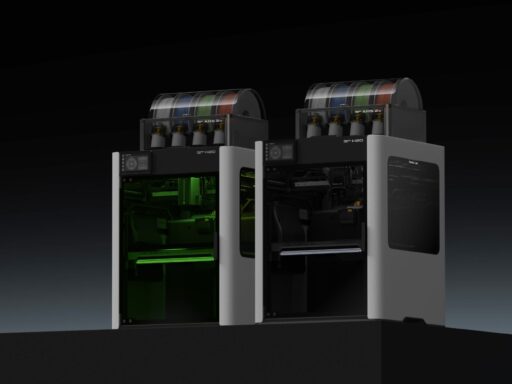A groundbreaking study on 3D Mammography (DBT) found it more effective in cancer screening than traditional 2D mammography. The research, published in Radiology, revealed that DBT screening resulted in fewer recalls and higher cancer detection rates.
Professor Emily F. Conant from the University of Pennsylvania explained that DBT, when compared to 2D mammography, improved two key screening outcomes: a rise in cancer detection and a decrease in false positives. The study scrutinized over a million women aged 40 to 79, who underwent breast cancer screening between 2014 and 2020.
Breast cancer ranks as the predominant cancer among U.S. women and stands second in cancer-related deaths after lung cancer. The American Cancer Society stages breast cancer from localized to distant, with the 5-year survival rates varying dramatically. Regular screenings aid in early and more manageable detection.
Though 2D mammography remains the standard screening method, capturing about 87% of breast cancers, DBT, which creates 3D images using multiple X-ray angles, is associated with a 21% spike in cancer detection. This technique especially benefits younger women and those with dense breasts.
From over a million women screened during the study period, DBT detected 5.3 cancers per 1000 screenings, surpassing mammography’s 4.5. Additionally, DBT reduced both false positives and negatives. Biopsy rates were higher post-DBT, but positive biopsy rates remained consistent at around 30% for both methods.
DBT is effective for both dense and non-dense breasts. Dense breasts have higher glandular and fibrous tissue content, complicating mammogram readings. The FDA mandates the inclusion of breast density in mammogram reports.
However, this study isn’t flawless. Its retrospective, observational nature implies that data from women screened with 2D earlier was juxtaposed with 3D-screened data from a later period. The study lacked randomization, possibly introduced selection bias, and didn’t assess detected cancer types or long-term outcomes.
Dr. Paul Friedman stressed individualized breast cancer detection, urging patients to liaise with their physicians for optimal screening approaches. Recognizing personal breast cancer risk factors is vital, but it’s crucial to understand that the general population also remains at risk.





